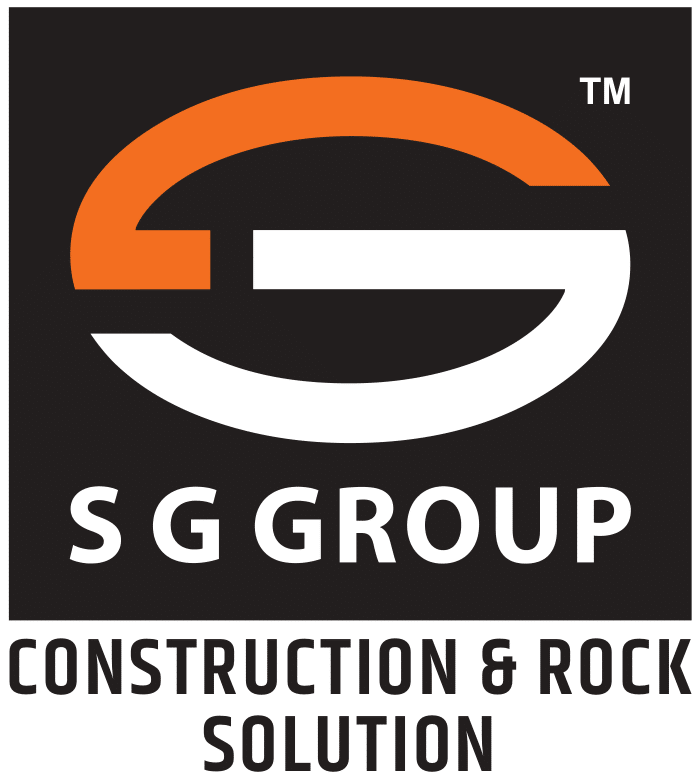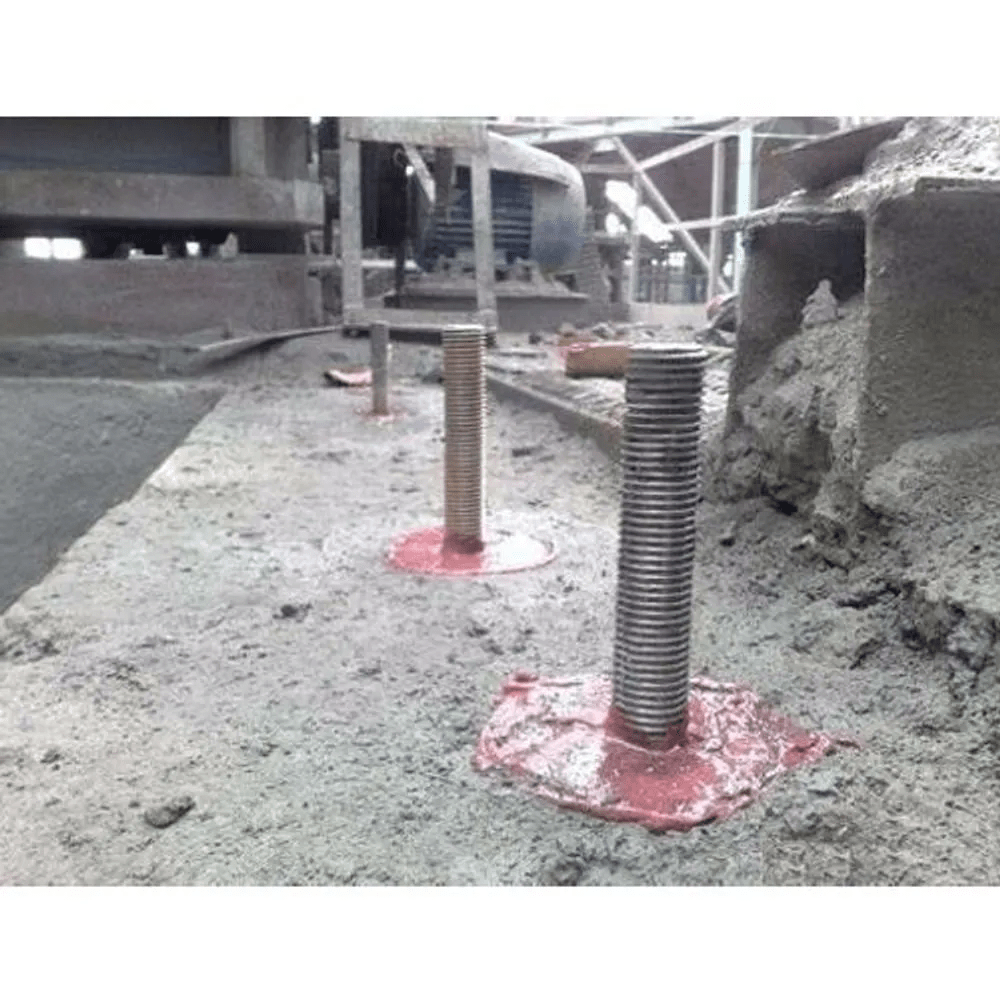| Cutting Material | wire and blade |
| Location Type | India |
| Type Of Diamond Saw Blades | na |
| Duration | varies |
| Material Hardness | Hard |
| Payment Mode | Offline/Online |
| Service Duration | 2-5 Days |
| Service Mode | Offline |
Chemical anchor fixing services involve the installation of anchors using chemical adhesives to secure structures, equipment, or components to a substrate. Chemical anchors are commonly used in construction and engineering applications where a strong and durable attachment is required. Here is an overview of the chemical anchor fixing service:
- Site Assessment:
- Conduct a comprehensive site assessment to understand the substrate material, load requirements, and environmental conditions. This assessment guides the selection of suitable chemical anchors and the appropriate installation method.
- Anchor Selection:
- Based on the site assessment, engineers choose the type of chemical anchor that is best suited for the specific application. Common chemical anchors include epoxy resin, vinylester resin, and hybrid adhesives.
- Drilling Holes:
- Drill holes into the substrate material at specified locations and depths. The size and depth of the holes depend on the type of chemical anchor and the load requirements.
- Cleaning and Preparation:
- Clean the drilled holes to remove dust, debris, and any contaminants that could affect the bonding process. Proper preparation ensures a strong and reliable bond between the chemical anchor and the substrate.
- Injection of Chemical Adhesive:
- Inject the selected chemical adhesive into the drilled holes using a dispensing tool. The adhesive fills the voids and creates a strong bond between the anchor and the substrate.
- Inserting Anchors:
- Insert the anchor into the adhesive-filled hole while ensuring proper alignment and embedding depth. Some anchors may need to be rotated during installation to evenly distribute the adhesive.
- Curing Time:
- Allow the chemical adhesive to cure and set. The curing time varies depending on the type of adhesive and environmental conditions. Follow the manufacturer’s recommendations for the specific product used.
- Load Testing:
- Conduct load testing to verify the load-carrying capacity of the chemical anchors. This ensures that the anchors can withstand the intended loads safely.
- Quality Control:
- Implement quality control measures to ensure that the chemical anchors are installed correctly and meet design specifications. This may include visual inspections, documentation, and testing.
- Documentation:
- Maintain detailed documentation of the installation process, including drilling specifications, adhesive volumes, curing times, and test results. Proper documentation is crucial for quality control and future reference.
- Safety Measures:
- Adhere to safety standards during the chemical anchor fixing service. This includes using appropriate personal protective equipment and following safe drilling and installation practices.
Engaging experienced professionals for chemical anchor fixing services is essential to ensure that the anchors are installed correctly and securely. The success of the chemical anchoring process relies on factors such as proper substrate preparation, accurate injection of adhesive, and adherence to curing times. Following industry best practices and manufacturer guidelines is crucial for the effectiveness and reliability of chemical anchor installations.

